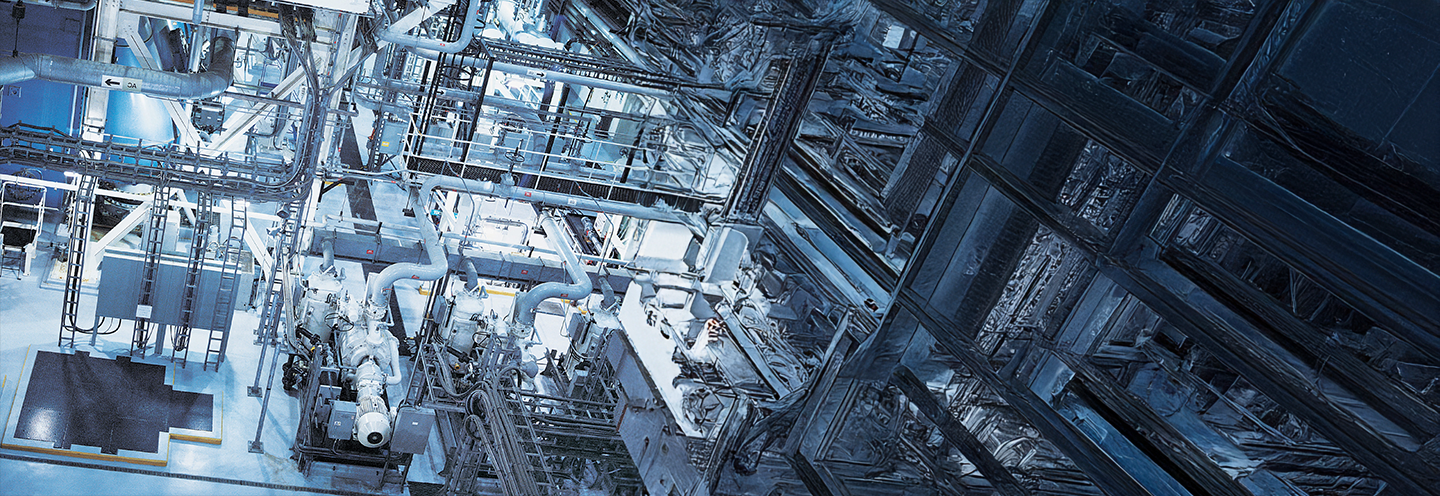The thermal imaging market offers enormous potential in terms of new product development and diversification, garnering interest from growing numbers of industries. Manufacturers on a wide range of markets from hunting gear to construction equipment are including thermal imaging sensors in virtually all of the new products and solutions they develop. When it comes to thermal imaging technology, manufacturers are faced with a choice between off-the-shelf modules and imagers (components) integrated on their own production lines.
Here, we will focus on the component. Read on to learn the three main reasons you should choose a component manufacturer rather than a module manufacturer to best meet the needs of your products or solutions.
Bolometer-based thermal imagers are compact and lightweight. For relatively short-range applications, thermal cameras can be especially compact, making it possible to mount uncooled bolometer-based thermal imagers onto helmets, for example. Manufacturers are free to adapt the camera to the specifications of their product, in terms of both optics and performance. Developing new products integrating an imager rather than a complete module allows manufacturers to select the optics they want and to adjust camera performance (sensitivity, image frequency, etc.) to the target application.
Product designers and development engineers enjoy greater freedom when integrating imagers rather than complete modules. Modules are already designed and packaged for specific uses. They are pre-built and cannot be modified. This lack of modularity limits the possible configurations. Using imagers opens the door to more design and development possibilities. Certain capabilities can be optimized to meet the needs of the target application. The integration possibilities are virtually unlimited.
Using thermal imagers rather than complete modules helps manufacturers control production costs. Each component of the final product is purchased separately and selected to meet the needs of the target application, ensuring the lowest possible cost-price for the product specifications.
When considering cost, the additional development costs created by working with components must be factored in. Calibration algorithms and custom electronics must be developed, for example. The return on these additional investments is good for medium to large production runs.
Components offer much greater adaptability and modularity than modules. They enable manufacturers to develop exactly the products they want to their desired specifications. This requires substantial in-house technical capabilities, which can be a challenge for some companies. Therefore, the level of support offered by the component manufacturer is decisive to ensuring that this kind of development project is a success.
Learn how MGL group successfully integrated thermal imaging sensors into its products !











